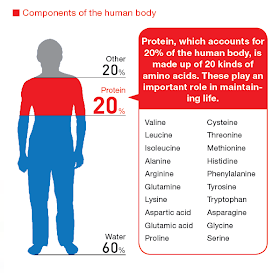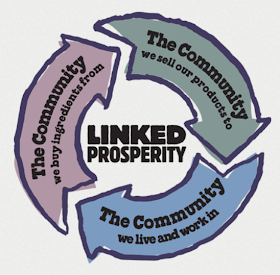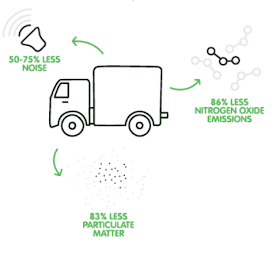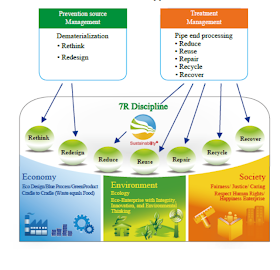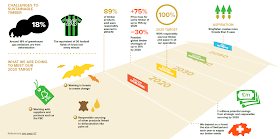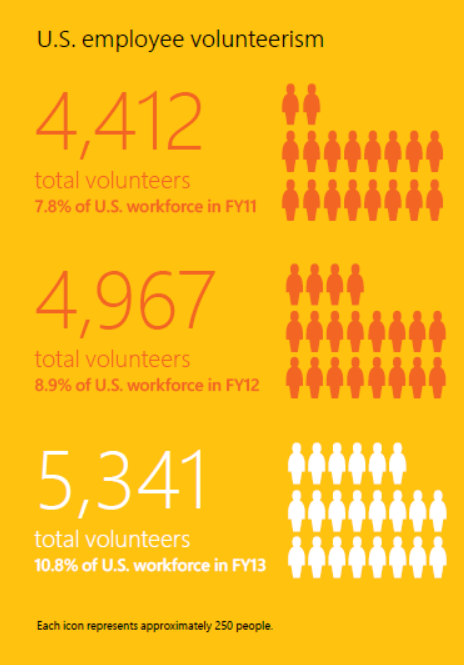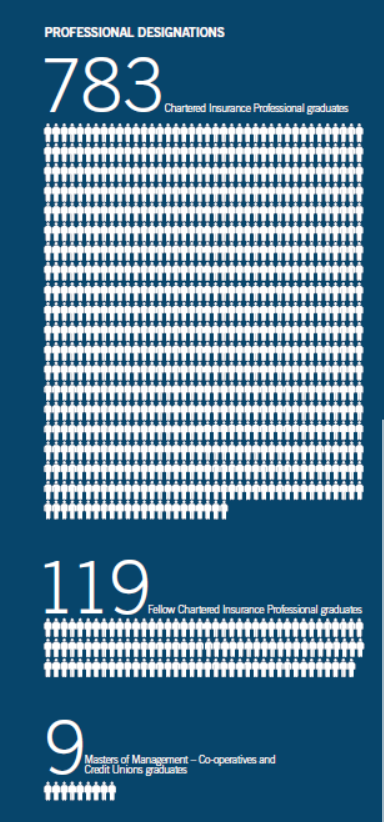It's always a privilege to work with companies that are passionate about helping create a better society for us all. I have been pleased to work with a fantastic team at Liberty Global to help develop their latest publication, the company's third Corporate Responsibility Report, under the heading: Empowering a Digital Society, launched this week.
It's a first G4 report for Liberty Global at G4 core level, with a full G4 content index online. And guess what, it's short. Weighing in at only 40 pages, Liberty Global shows how a G4 report can be focused, complete and actually very interesting. In line with the corporate mission "Connect. Discover. Be Free.", this report is about possibilities, opportunities and the transformation that technology can help create.
As Liberty Global is the largest cable company in the world with more than 45 million subscribers, that's a lot of transformation.
With a materiality matrix that places digital inclusion and protecting children online at the forefront of this international cable company's CR considerations, Liberty Global drives CR home at the core of its business. In promoting a digital society, and helping people have the confidence to get online and build the skills to do so effectively, Liberty Global's business encourages us to make the most of new digital opportunities.
One example of many in the range of ways Liberty Global invests in promoting a digital society is through involvement with CoderDojo. CoderDojo is a volunteer-led global movement that offers free coding clubs for young people. Children between the ages of 5 and 17 learn how to make websites, applications and internet games. Dojo workshops are set up, run and taught by volunteers and offer a fun environment for discovering and developing new skills. Wish I were 17 again! I'd spend all my time at Dojos coding internet games about ice cream. Liberty Global subsidiary Telenet, in Belgium, hosted CoderDojo events to give young people an opportunity to develop the skills that will help them secure a meaningful future. In 2014, Liberty Global is supporting CoderDojo with an additional 60 Dojos across Europe, reaching an additional 2,000 young people.
As a parent, protecting my kids online is always a concern and I have had a rather scary near-miss with my own daughter. Therefore, I can appreciate the value of the significant investment Liberty Global makes in developing tools for educators, parents and kids of different ages to help keep kids safe online and develop their online identity with consciousness of both the opportunities and the risks. Kids develop several identities online, and they are not always aware of the digital footprint they are leaving behind. The Web We Want was developed by Liberty Global, the third in a trilogy of tools to provide assistance for safe behavior online., help kids control the information they leave on the internet and decide who they want to interact with.
In this report, Liberty Global also communicates new environmental targets to 2020. The company commits to improving the energy efficiency of its electricity consumption by 15% every year through 2020 and becoming five times more carbon efficient by 2020. Advanced technology that combines functionality in different ways has enabled Liberty Global to increase the energy efficiency of its latest set-top boxes by 40%. This means that customers using set-top boxes in the home can reduce their energy consumption, an advantage both for the bank account and for the environment. On the supply chain front, a new program was launched to assess the environmental and social performance of Liberty Global's largest 100 suppliers and this will be expanded to 200 suppliers this year.
One of the challenges for a global company such as Liberty Global is finding the common ground that connects Liberty Global subsidiary companies on a shared page. This includes companies such as Virgin Media, Telenet, UPC and more, each reporting on CR in their own right, each with slightly different considerations in their local markets. Pulling that together in a way that leverages the strengths of the global organization and embraces the differences of each component part requires patience, skill, flexibility and inspiration. My experience with Liberty Global is that the culture is one of possibility, not one of overly prescriptive frameworks and rules, and that best practice in one part of the company is recognized and can be leveraged for the benefit of all companies.
With this report, it's clear that ‘Empowering a digital society’ is more than promoting technology. Helping people take advantage of technology is empowering them in new and different ways, and this includes people inside the organization as well as its customers.
Take a look at this new report, get inspired, give feedback.
elaine cohen, CSR consultant, Sustainability Reporter, HR Professional, Ice Cream Addict. Author of Understanding G4: the Concise guide to Next Generation Sustainability Reporting AND Sustainability Reporting for SMEs: Competitive Advantage Through Transparency AND CSR for HR: A necessary partnership for advancing responsible business practices . Contact me via www.twitter.com/elainecohen or via my business website www.b-yond.biz (Beyond Business Ltd, an inspired CSR consulting and Sustainability Reporting firm








